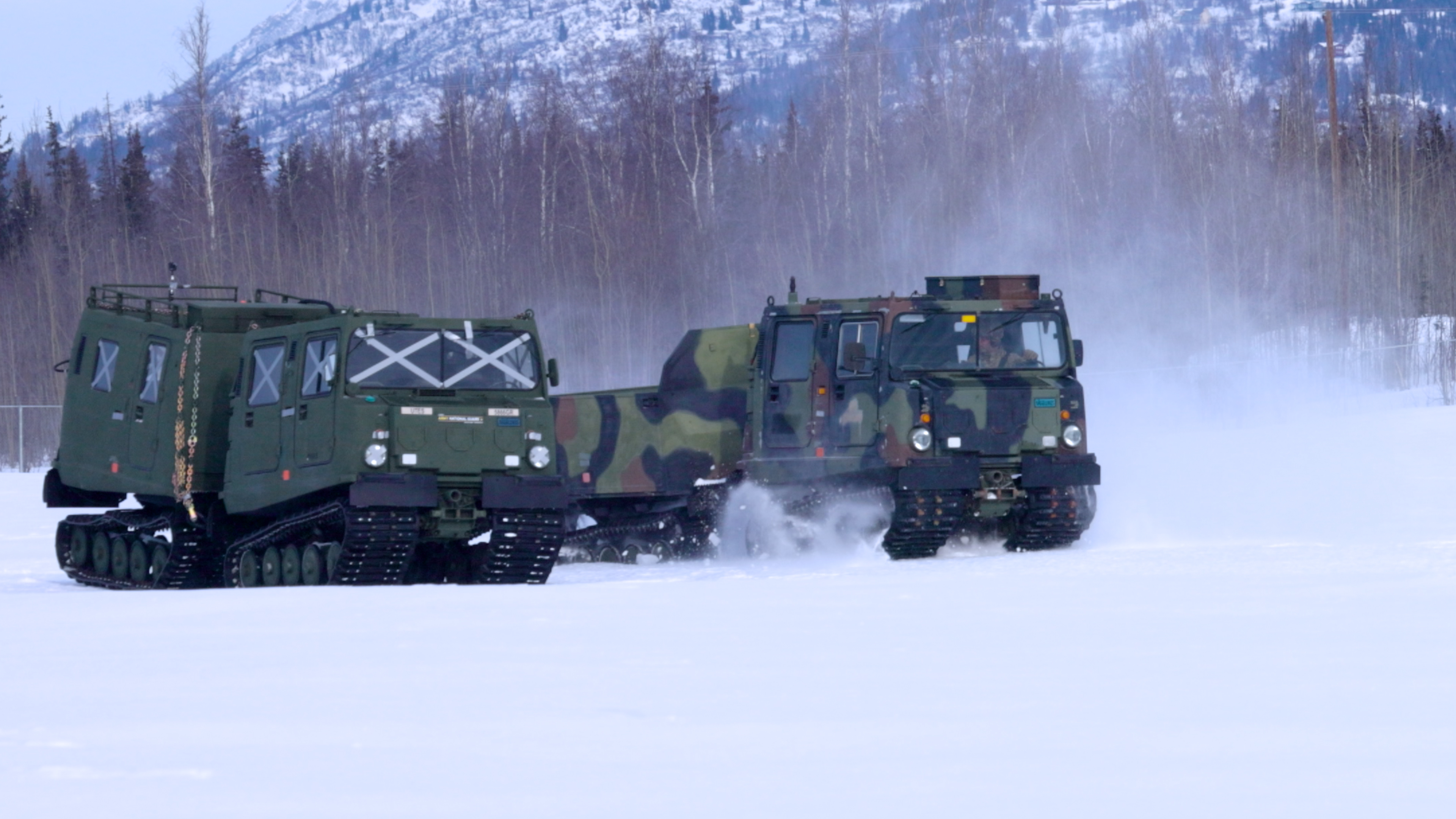
The earthquake that struck Nepal last year, killing thousands, could prove less destructive than one some seismological researchers expect to hit the Pacific Northwest. As anticipation builds for such a disaster, researchers are studying the earthquake in Nepal and the landslides it caused to help emergency agencies prepare.
According to a new report published in the journal Seismological Research Letters, the Nepal earthquake may have been responsible for 25,000 to 60,000 landslides. And that was in a dry season, when soil is less likely to give way. Because the soil in the Pacific Northwest is wet for most of the year, an earthquake there could cause even more devastating landslides, the researchers said.
Ben Mason, one of the authors of the report and an assistant professor at Oregon State University, was part of a team with the association Geotechnical Extreme Events Reconnaissance, which visited Nepal after the April 2015 earthquake there to evaluate the terrain. Specifically, the team studied how the earthquake had shifted the ground and for instances of liquefaction, in which "the soil starts behaving like a liquid," Mason says.
Mason says he found his two trips to Nepal productive but "emotionally draining." "You see a lot of people displaced from their homes, displaced from their normal lives and also terrified. They've experienced a main shock, maybe some of their relatives got trapped in some rubble.... They're in constant terror that their house is going to collapse on them."
According to official numbers, the earthquake killed 9,000 people and injured 23,000. Landslides and avalanches caused by the earthquake were particularly deadly; one avalanche killed 200, the researchers say, and more hit Mount Everest, killing 19. The initial earthquake had a magnitude of 7.8, and there have since been hundreds of aftershocks.
Mason says the geological situation in Nepal is similar to that in the Pacific Northwest; Nepal sits on a convergent plate boundary, where the Indian subcontinent collides with the Eurasian continent. "That's very similar to the plate boundary that we see in the Pacific Northwest, where the longitudinal plate is converging with the North American plate," Mason says. That could lead to "similar types of earthquakes."
If such an earthquake in the Pacific Northwest were to occur, it could have a magnitude of 8.7 to 9.2, according to an extensive 2015 New Yorker article. Because the Richter scale is logarithmic, the difference between, say, a 7.8 and a 8.7 earthquake is tremendous. The plate boundary area in the Pacific Northwest is called the Cascadia subduction zone, a fault line that runs off the coast of California up to British Columbia, passing by Oregon and Washington. Thirteen thousand people could die in such an earthquake and 27,000 could be injured, according to Federal Emergency Management Agency (FEMA) projections. The earthquake could also cause tsunamis and displace a million people. The chances of such an event striking in the next 50 years are one in three, The New Yorker said.
The last time an earthquake hit the Cascadia zone was in 1700. Mason calls the potential for another earthquake "a ticking time bomb" and says he hopes government agencies will use information on potential landslides to put public policies in place.
"It's impending. We know it's going to happen again. We don't know when, but it will happen again."
Uncommon Knowledge
Newsweek is committed to challenging conventional wisdom and finding connections in the search for common ground.
Newsweek is committed to challenging conventional wisdom and finding connections in the search for common ground.
About the writer
Max Kutner is a senior writer at Newsweek, where he covers politics and general interest news. He specializes in stories ... Read more
To read how Newsweek uses AI as a newsroom tool, Click here.





